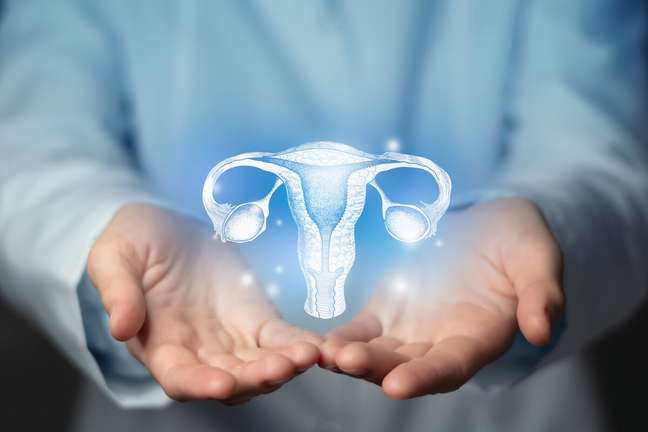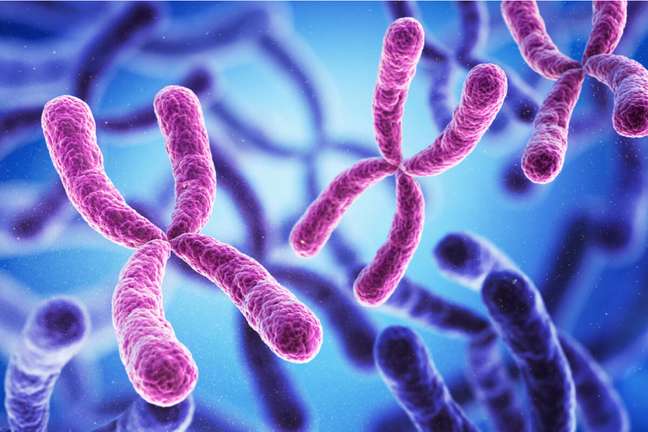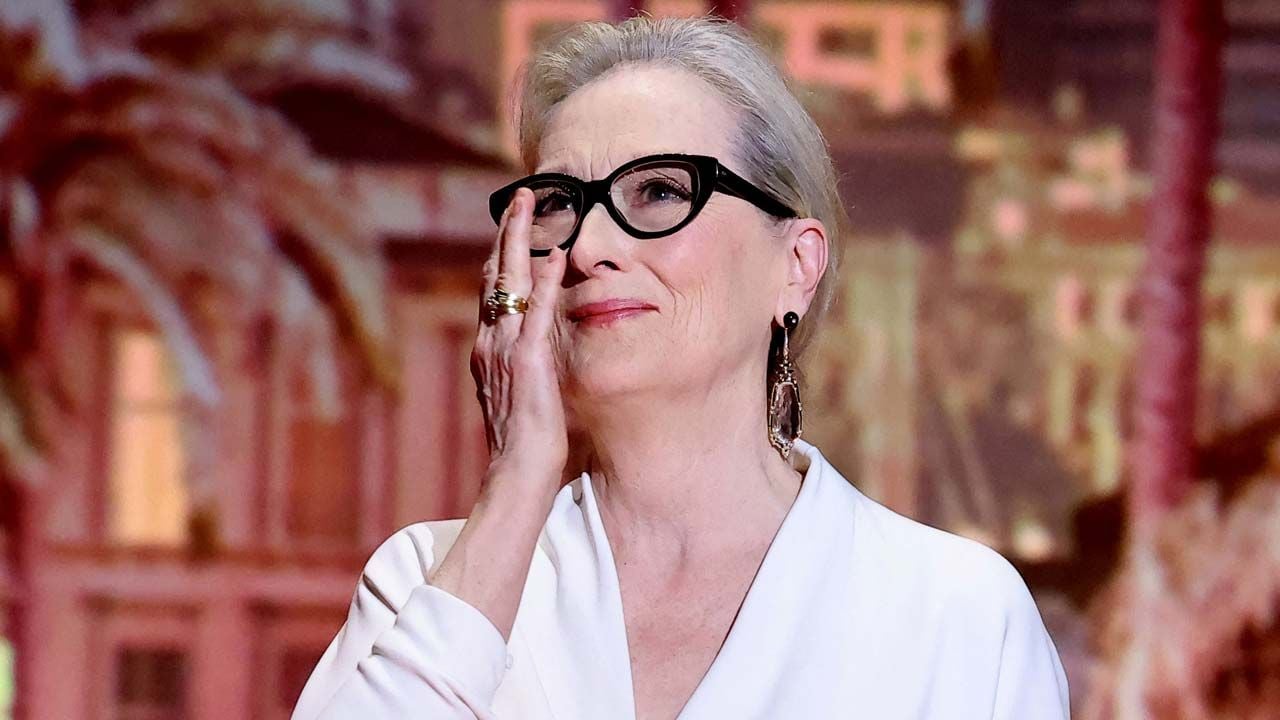Human reproduction expert clarifies how age interferes with female fertility
Fertility changes with age, but problems start earlier for women. “Fertility declines due to the normal age-related changes that occur in the ovaries. Unlike men, who continue to produce sperm throughout their lives, a woman is born with all the follicles containing eggs in the ovaries,” says Dr. . Rodrigo Rosa, specialist in human reproduction and clinical director of the Mater Prime clinic.

Follicular aging process
As for the production of follicles, the doctor explains that “at birth there are about one million follicles. puberty, that number will have dropped to around 300,000. Of the follicles remaining at puberty, only about 300 will ovulate during the reproductive years.
But, according to the expert, most of the follicles are not used in the ovulation process. “[O folículo] undergoes a natural process of aging and degeneration called atresia. Atresia is a degenerative process that occurs regardless of whether a woman is pregnant, has normal menstrual cycles, uses contraception or is undergoing infertility treatment. “
How does the female reproductive cycle work?
As explained by Dr. Rodrigo Rosa, during the reproductive years, women have monthly menstrual periods regular because they ovulate regularly every month. “Eggs mature inside fluid-filled spheres called ‘follicles’. At the beginning of each menstrual cycle, when a woman is menstruating, a hormone produced in the pituitary gland, located in the brain, stimulates a group of follicles to grow. faster in both ovaries […]”, explains the professional.
The doctor also explains that pregnancy occurs if the egg is fertilized and implants itself in the lining of the uterus (endometrium). “If pregnancy does not occur, the endometrium is cleared with the menstrual flow and the cycle begins again. A woman’s cycles will remain regular, from 26 to 35 days, until her 30s and 40s, when she notices her periods. Over time, ovulation will begin to skip, resulting in loss of menstruation, “explains Dr. Rodrigo Rosa.
Ovarian loss process
The loss of ovarian reserve occurs in women before they become one sterile and before they stop menstruating regularly. “As women are born with all the follicles they will ever have, the pool of waiting follicles gradually depletes. As ovarian reserve decreases, the follicles become less and less sensitive to FSH stimulation, so they require more stimulation. for an egg to mature and ovulate, “explains Dr. Rodrigo.
The specialist says that, over time, the follicles interfere with the reproductive cycle. “Initially, the periods may merge, resulting in short cycles, 21-25 days apart. Eventually, the follicles become unable to respond well enough to ovulate consistently, resulting in long, irregular cycles,” explains Dr. Rodrigo.
Causes of ovary loss
As for the causes of ovarian loss, the doctor explains that “the decrease of ovarian reserve it is usually age-related and occurs due to the natural loss of eggs and the decrease in the average quality of the eggs that remain. However, young women may have reduced ovarian reserve due to smoking, a family history of early menopause, and previous ovarian surgery. Young women may have a reduced ovarian reserve, even if they have no known risk factors, “says the professional.
There are medical tests, but none have been shown to reliably predict the possibility of getting pregnant. “These tests do not determine whether a woman can become pregnant or not, but they can determine that age-related changes in the ovaries have begun. Women with low ovarian reserve are less likely to get pregnant than women with normal ovarian reserve in the same. age group No single test or combination of tests is 100% accurate, “says the human reproduction specialist.
Interference with egg quality
Women are less likely to get pregnant as well increased risk of spontaneous abortions because the quality of the eggs decreases as the number of remaining eggs decreases. “These changes are most noticeable when she reaches 30. Therefore, a woman’s age is the most accurate test for egg quality,” says the doctor.
According to Dr. Rodrigo Rosa, the quality of the eggs can be altered by genetic changes. “An important change in egg quality is the frequency of genetic abnormalities called aneuploidy (too many or too few chromosomes in the egg). At fertilization, a normal egg must have 23 chromosomes, so when fertilized by a sperm as well with 23 chromosomes, the resulting embryo will have the normal total of 46 chromosomes, “says the specialist.

Age affects the production of chromosomes
As explained by Dr. Rodrigo Rosa, even the production of chromosomes can be affected over time. “As a the woman gets older, most of your eggs have few or many chromosomes. This means that if fertilization occurs, the embryo will also have too many or too few chromosomes. “
With older age, the amount of chromosomes can also affect the female reproductive process. “Most people are familiar with Down syndrome, a condition that occurs when the embryo has an extra chromosome, 21. Most embryos with too many or too few chromosomes do not result in pregnancy or cause an abortion. spontaneous. explain the lower chance of pregnancy and higher chance of miscarriage in elderly women “, explains the specialist.
late fertility
Fertility gradually declines by age 30, particularly after age 35. “For every month that she tries, a healthy and fertile 30-year-old woman has 20% chance of getting pregnant. This means that for every 100 fertile women in their 30s who try to conceive in 1 cycle, 20 will succeed and the other 80 will have to try again. By age 40, a woman’s chances are less than 5% per cycle, so fewer than 5 in 100 women are expected to be successful each month. “
The best fertility treatments
Women do not remain fertile until menopause. The average age for menopause is 51, but most women fail to have a successful pregnancy in their mid-40s. “These percentages are true for natural conception as well as conception using fertility treatment, including in vitro fertilization (IVF),” analyzes the doctor.
Despite this, the practitioner clarifies that the treatments for fertility are the most recommended. “Assisted reproduction treatments, guided by a specialist doctor, who will have the couple’s medical history and may indicate drugs to stimulate ovulation, are the most suitable for elderly women. Therefore, for any couple seeking to have a child and can’t manage it after a year of trying, the best thing to do is always seek medical help “, concludes Dr. Rodrigo.
By Maria Claudia Amoroso
+The best content in your email for free. Choose your favorite Earth Newsletter. Click here!
Source: Terra
Benjamin Smith is a fashion journalist and author at Gossipify, known for his coverage of the latest fashion trends and industry insights. He writes about clothing, shoes, accessories, and runway shows, providing in-depth analysis and unique perspectives. He’s respected for his ability to spot emerging designers and trends, and for providing practical fashion advice to readers.


-vbnfqu6x671s.png)





